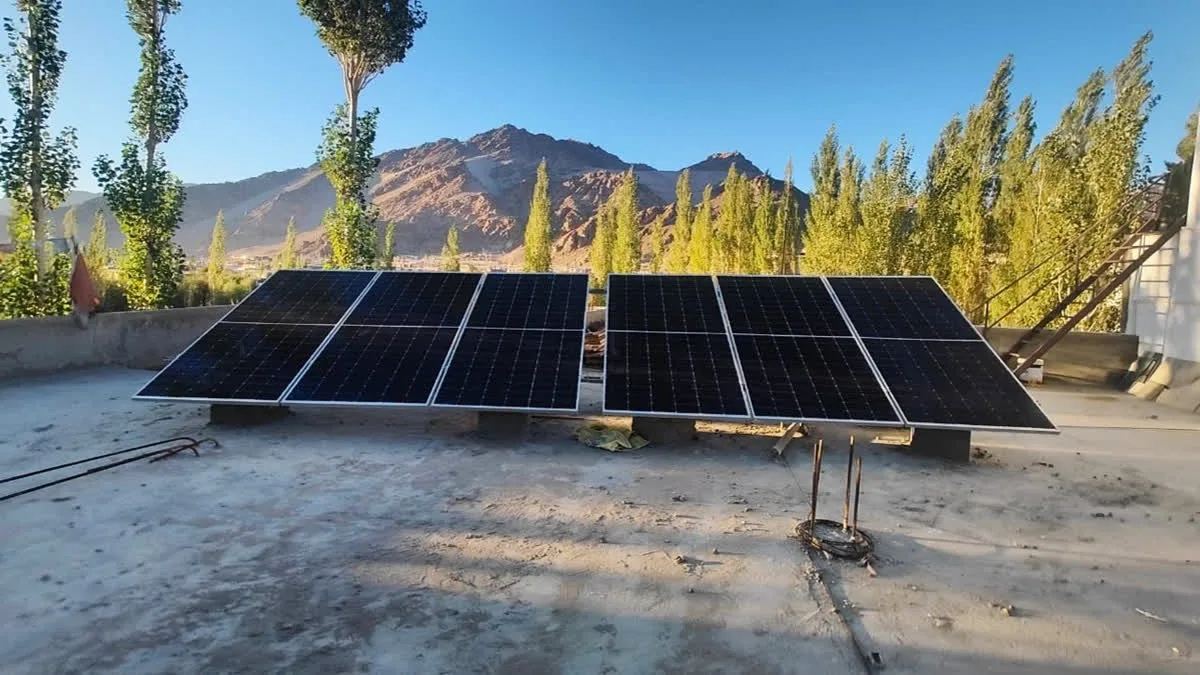By: Shivani & Samriti
What is Solar Panel Subsidy? Is this really beneficial, or just creates an illusion in people’s minds? In a country like India, where the sun shines almost all year round, solar energy holds great promise. As climate change becomes a serious threat, the need to shift from fossil fuels to cleaner energy sources is urgent.
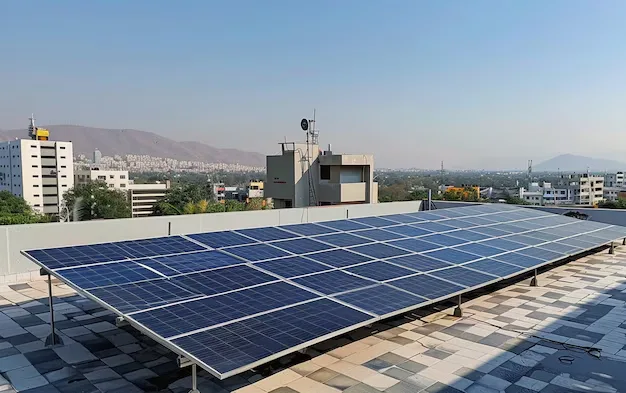
But if one looks at the whole Rooftop Solar Subsidy Paradox, it looks like a fishy business. Theoretically, government funding for rooftop solar projects should democratize energy access, empower households, and spur India’s green transition. Well, that is not the case; these incentives frequently fall short of the very citizens they are intended to assist. Rooftop solar appears to be a viable option given India’s ambitious goal of reaching 500 GW of non-fossil fuel-based energy capacity by 2030.
However, the average consumer finds subsidies to be an unappealing and even frustrating option due to the bureaucratic bottlenecks, opaque procedures, and delayed financial assistance. Along with that, there are no major differences between subsidized Rooftop Solar Panels and Non-Subsidized Rooftop Solar Panels.
A Noble Intention, Lost in Execution
In an effort to make rooftop solar affordable for millions of households in India, the Ministry of New and Renewable Energy (MNRE) provides subsidies through initiatives like the PM Surya Ghar Muft Bijli Yojana. But there is a lot of red tape on the route from application to installation. Numerous applicants express dissatisfaction with unresponsive portals, uneven utility cooperation, and lengthy delays in subsidy disbursement, which can last up to a year or maybe even longer.
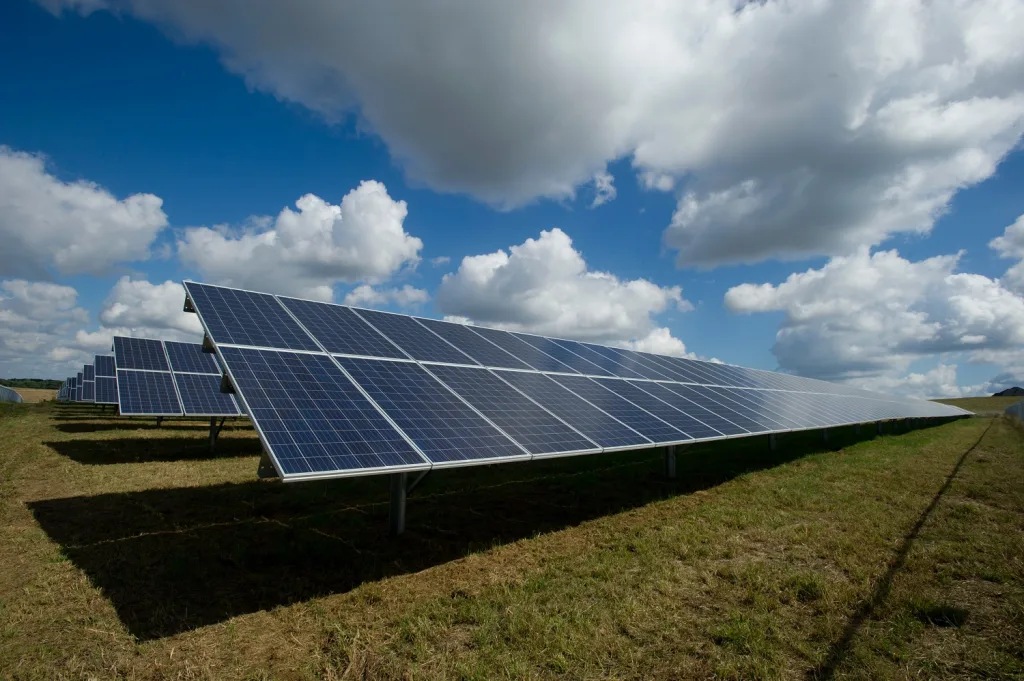
The primary advantage of the subsidy—financial relief—is negated by this delay. The cost of rooftop solar systems is high. The upfront cost, which can range from ₹70,000 to ₹1.5 lakh for a typical home system with the requirement of 3kW, frequently turns into a barrier, even though the promise of a 40% subsidy may initially draw in customers. On paper, that sounds excellent. It reduces power bills, cuts carbon emissions, and promotes energy independence. For them, the subsidy has made solar energy more affordable.
Another thing, which catches a person’s eye, is how the cost of purchasing subsidized solar panels and non-subsidized, is somewhat the same. Furthermore, many households give up on the process completely if this expense is not promptly offset by prompt subsidy reimbursements. So, if subsidy reimbursement takes up to a year, and subsidized and non-subsidized are on an equal footing, then what is the government of India, trying to showcase — A mere drama of Subsidies.
The Real Scenario
As of right now, the government offers financial assistance for the installation of grid-connected solar rooftop systems in residential areas. Installing a rooftop solar system will result in a subsidy, regardless of whether you are doing it for your own house, a group housing society, or a residential welfare society. It is explicitly mentioned in an MNRE circular or guideline that the central government will provide a ₹30,000 subsidy for a 1-kilowatt system. Similarly, you will receive ₹60,000 for installing a 2-kilowatt system and ₹78,000 for installing a 3-kilowatt system.
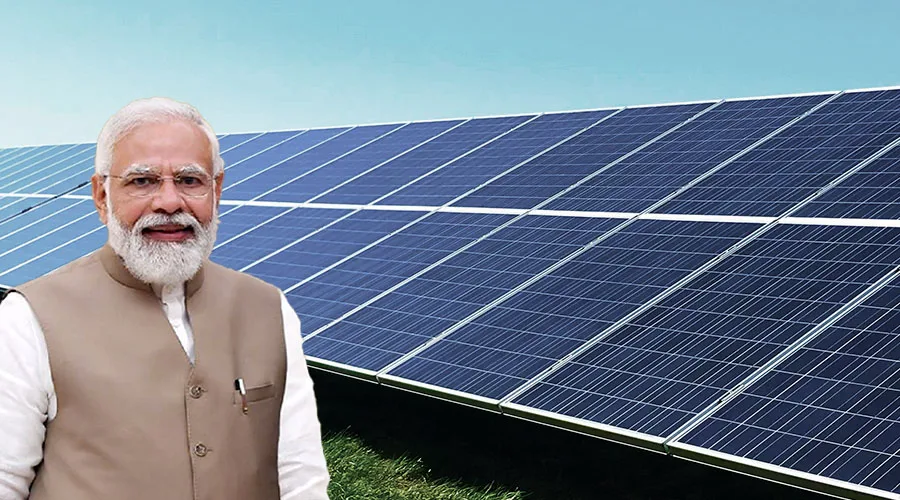
₹78,000 is the maximum subsidy mentioned. Additionally, residential welfare associations or societies have a 500 kW maximum capacity and offer subsidies of up to 18,000 per kilowatt for up to 3 kW behind a single apartment. The good news is that state subsidies are also offered in certain states, such as Uttar Pradesh. An extra ₹15,000 subsidy is available for 1 kilowatt, and ₹30,000 will be given for any system installed for 2 kilowatts or more. The capital city of Delhi offers a subsidy of ₹30,000 which makes total subsidy ₹108000.

The problem is that in order to install this system, you must first choose an authorized vendor. Additionally, the subsidy stipulates that any systems or modules installed there—such as solar modules—must be DCR, or must meet the Domestic Content Requirement. Since each site is unique, the needs of the customers are also unique. Therefore, this is not a standard product. It’s a project. Therefore, figuring out the rate here is a little challenging. Since there is no standard rate, the question still stands if one is unable to differentiate and determine the rate. How will one determine which is better?
DISCOMs: Reluctant Partners
The function of DISCOMs is a major obstacle in the subsidy process. DISCOMs have little incentive to encourage or expedite rooftop solar approvals because they lose money when a household produces its own electricity. Some stall the entire process by taking too long to install net meters, a crucial tool for monitoring solar generation and usage, while others take too long to provide the required No Objection Certificate (NOC). The policy’s reliance on DISCOMs, which are frequently understaffed and underfunded, fosters a climate of tacit opposition, if not outright disregard.
So, Is It Genuine or Just For Show?
The truth lies somewhere in the middle. The government is not faking the scheme entirely, there are real funds, real benefits, and some real success stories. But it is also true that the impact is far smaller than the promises, and the process is too difficult for the average citizen to benefit easily. When you combine this with political marketing and limited transparency, it does seem like the subsidy is being used more as a political tool than a true social reform.
If the government truly wants the solar panel subsidy to be a game-changer, it needs to simplify the process, increase awareness, ensure quality, and expand reach to poorer sections. Otherwise, it will remain another example of a good idea being buried under bureaucracy and politics. Clean energy should not be a political gimmick. It should be a people’s right, and the government must prove through action, not just slogans, that it means what it says.
A Better Way Forward
The government might be better off investing in structural ease and transparency rather than just subsidies. This is what might work:
- Simplified digital platforms that are multilingual, mobile-friendly, and easy to use.
- Local communities have decentralized help centers to help residents navigate the process.
- Pay-as-you-save schemes, in which expenses are gradually subtracted from electricity bills, or interest-free loans.
- DISCOM reform that, perhaps through revenue-sharing schemes, encourages cooperation with solar adopters.
- Accountability of vendors to stop unethical behavior or overcharging after subsidies are guaranteed.
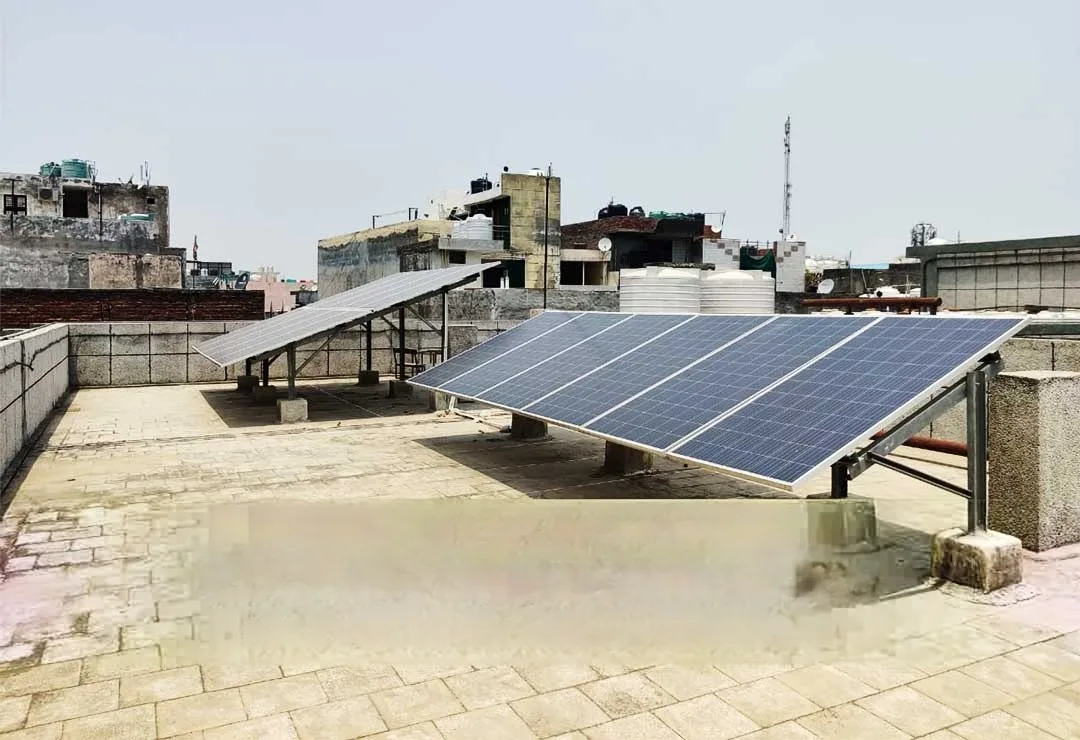
The Bottom Line
In their current form, subsidies are not the answer to India’s rooftop solar aspirations. Despite their promise of affordability, they are ineffective due to the execution gap, particularly for the communities they are intended to improve. India must develop long-term, systemic ease of access to renewable energy instead of relying solely on short-term financial incentives if it hopes to experience a true solar revolution. If not, the rooftop solar dream will continue to be just that—a dream marred by broken promises and red tape.

